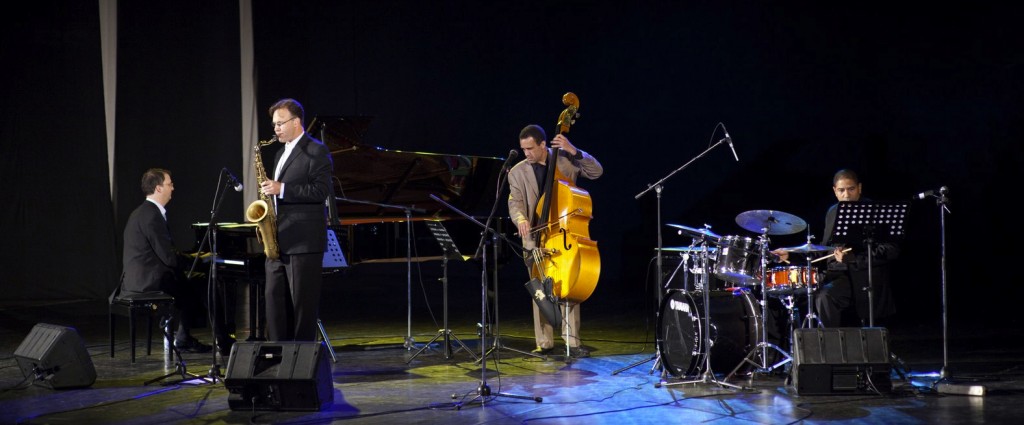My jazz quartet, Paul Beaudry & Pathways, recently completed a Rhythm Road: American Music Abroad tour to Central Asia. In October 2011 we performed and gave educational workshops in Kazakhstan, Kyrgyzstan, Bangladesh and India. I’ll be updating my blog soon and finally moving my all my blog posts to this site!



























